
Rock Ptarmigan
Rock Ptarmigan
Rock Ptarmigan
The Ptarmigan is a bird that inhabits the alpine zone and is designated as a Special Natural Monument in Japan. Due to its small population and the fact that it is not commonly seen in urban areas, it is not well-known to the general public. However, its distinctive appearance has been loved by mountaineers since ancient times. In this article, we explain the ecology and characteristics of the Ptarmigan, which are not widely known. Let’s explore the charm of the Ptarmigan together!
Rock Ptarmigan Basic Infomation
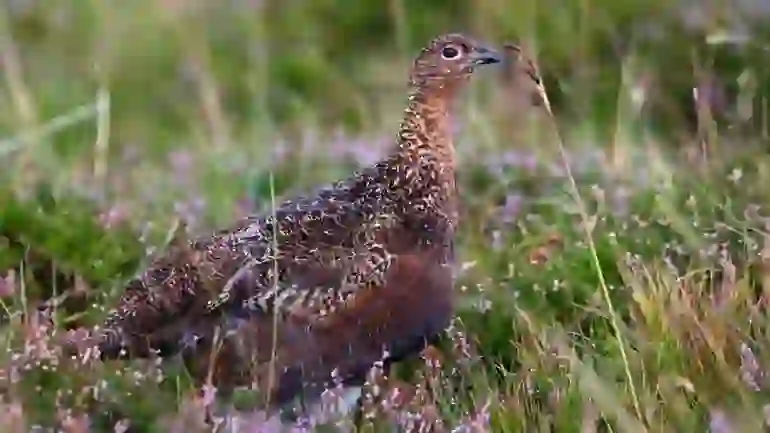
Aves Galliformes Phasianidae Rock Ptarmigan genus.
Size: about 38cm. Weight: 400-600g.
The Ptarmigan is a bird that inhabits the alpine zone and is designated as a Special Natural Monument in Japan. It is adapted to cold regions and climates.
It is widely distributed in the Arctic coastal areas of Eurasia and North America, as well as some high mountainous regions in Europe and Asia. In addition, it inhabits the Pyrenees and Alps, and Japan, but it is isolated from the above habitats.
The Ptarmigan in Japan is also called the Nihon Ptarmigan and inhabits the high mountainous regions of central Honshu. It is distributed from Niigata Prefecture to the Akashina Mountain Range, and has been designated as the prefectural bird in Toyama, Nagano, and Gifu Prefectures.
Hokkaido is home to a different species called the Ezo Ptarmigan, but it is not known why the Nihon Ptarmigan does not inhabit Hokkaido.
It is said that Ptarmigans came to Japan during the Ice Age. At that time, Eurasia and Japan were still connected, but by the end of the Ice Age, Japan had already separated.
As it became warmer, many Ptarmigans returned to the continent, but some remained in the high mountainous regions of Japan. Japan is located at the southernmost end of Ptarmigan habitats and is physically isolated from them.
Ptarmigans molt several times a year, and their appearance changes significantly. This is a form of protective coloration to protect themselves from predators. Depending on the season, it can be difficult to distinguish between males and females, but males have a red comb above their eyes.
Also, we cannot overlook their "feet" as a distinctive feature. To survive in harsh environments, Ptarmigans have thick legs with feathers that extend to the tips of their toes. This is a unique feature of Ptarmigans that is not found in other grouse species.
Rock Ptarmigan Q&A

What is the origin of the name Rock Ptarmigan?
The Ptarmigan is called Raityo in Japanese, while it is known as Rock Ptarmigan in English. In this article, we will introduce the origin of the name Raityo, which is not clear. There are three theories about the origin of the name Raityo.
The first theory is related to its activity period. Raityo is active during bad weather, such as thunderstorms, to avoid predators and was therefore called the “Rainotyo (Thunderbird).”
The second theory is that it was named the “Rainotyo (Thunderbird)” due to the belief in fire and lightning protection. However, in the past, Raityo was called “Rainotyo,” and it is not clear whether “Rai” referred to thunder.
The third theory is that it eats thunder beasts when thunder roars in the mountains.
All of these theories are related to thunder, and it shows how ancient Japanese people deified thunder and high places.
By the way, although it may be tempting to translate it directly into English as “Thunderbird,” its English name is “Rock ptarmigan.”
Also, its scientific name is “Lagopus muta,” with “Lagopus” meaning rabbit’s foot and “muta” meaning silence.
Therefore, there are few regions outside Japan that associate Raityo with thunder.
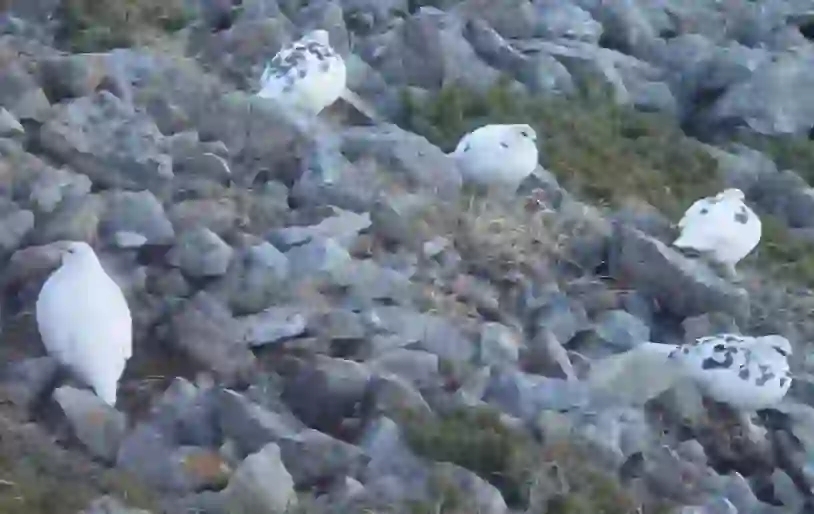
Why does Rock Ptarmigan live there?
"Rock Ptarmigan" lives in the high mountainous regions of cold areas. It is not clear why they prefer high mountainous regions, but it is thought that one of the reasons is the lack of natural enemies.
Since the environment is harsh and there are few animals and plants that can be used as food, natural enemies do not appear easily. It seems that the low level of danger is important to live in nature.
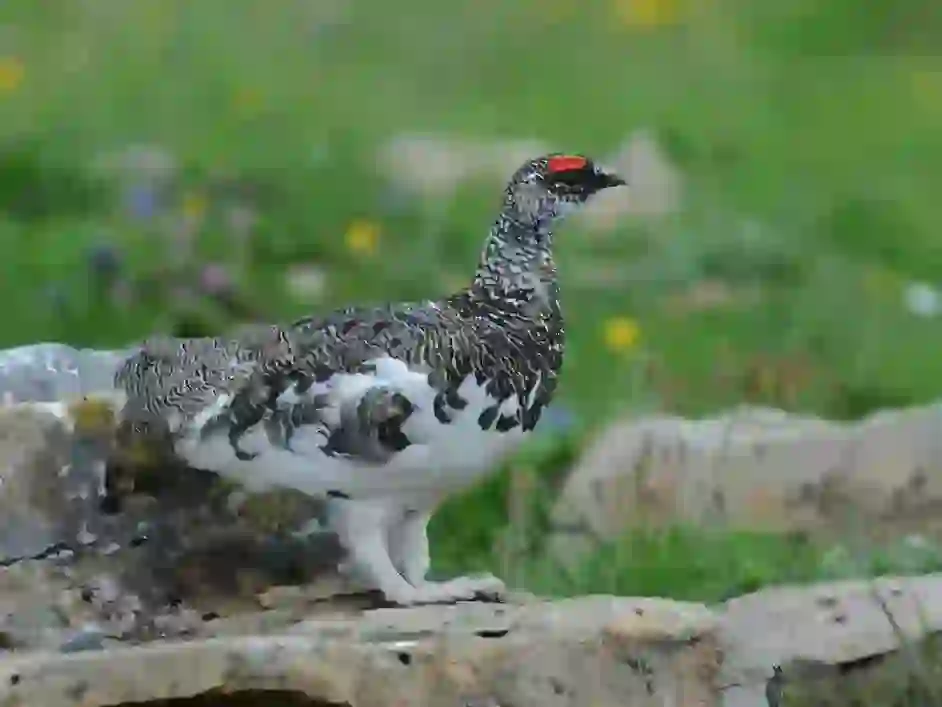
What does Rock Ptarmigan eat?
The Rock Ptarmigan is a herbivorous bird that prefers to eat flowers, leaves, and fruits. However, it does not seem to prefer specific plants and eats whatever it finds. It might not have the luxury of being picky due to the harsh natural environment.
During winter, when the environment becomes even more challenging, it searches for plants under the snow to eat. If it still can’t find any food, it sometimes descends a little lower than its usual activity range.
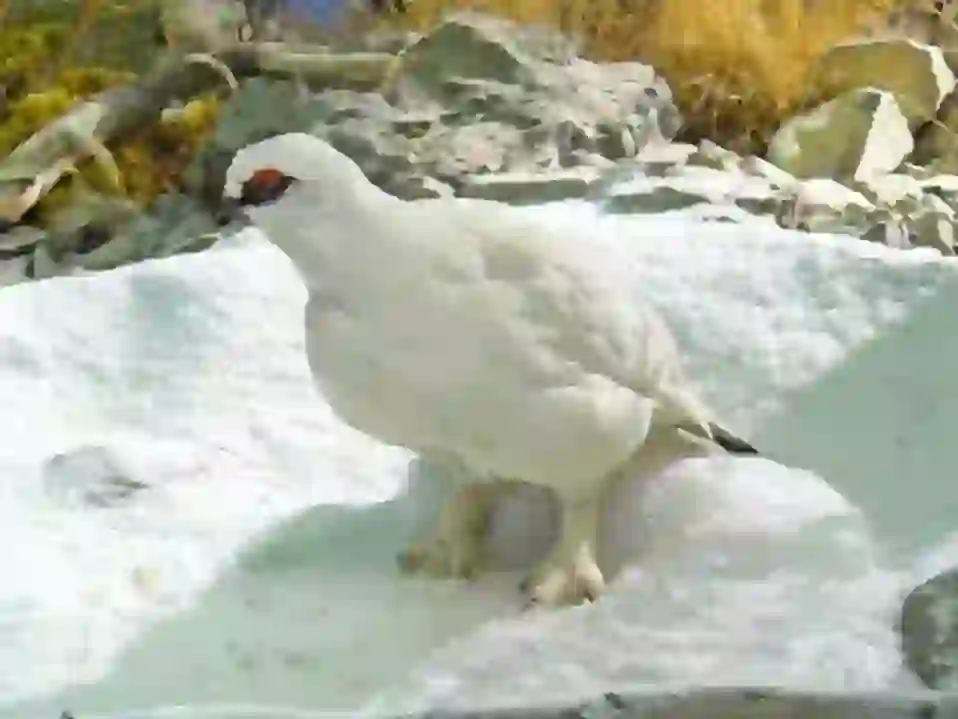
What is the relationship between Rock Ptarmigan and humans?
The behavior of humans towards Rock Ptarmigan varies greatly depending on the region.
In European countries and regions, they are hunted and tend to flee at the sight of humans. On the other hand, in several countries including Japan, they are considered to be at risk of extinction and are listed on the Red List.
Furthermore, in Japan, they were designated as a Special Natural Monument in 1995. Originally, they were objects of worship for protection against fire and lightning in Japan, but they have been overhunted since the Meiji era.
By the way, Japanese Rock Ptarmigan does not panic and flee even when it sees humans. This can be attributed to the unique result of Japanese culture that reveres the Rock Ptarmigan itself and its habitat in high mountains.
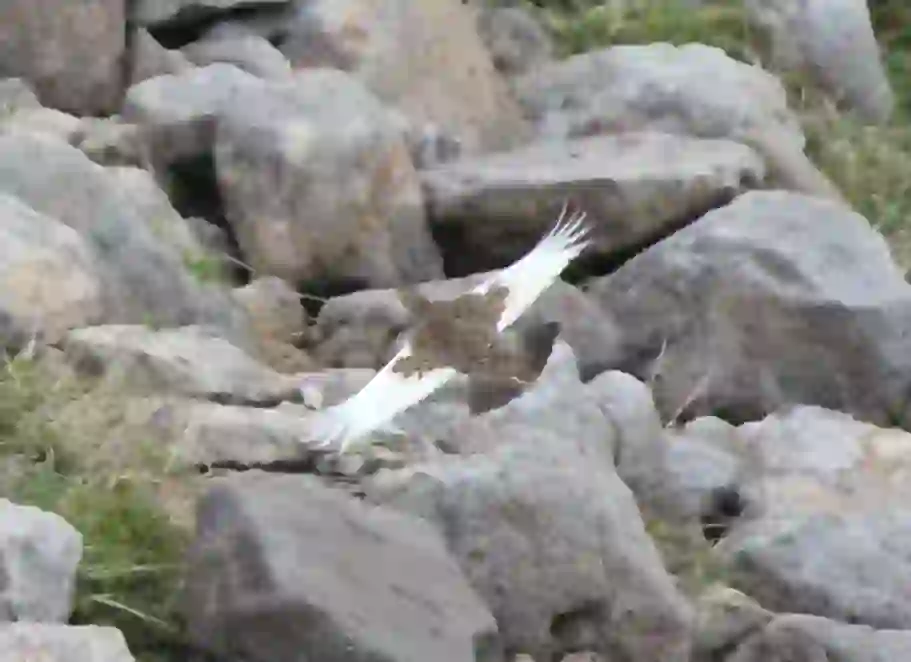
What natural enemies does Rock Ptarmigan have?
The natural enemies of the Rock Ptarmigan include birds of prey in general, foxes, stoats, and martens. There have also been sightings of Japanese macaques preying on chicks, so the threat from natural enemies remains even in high mountainous regions.
While human overhunting has ceased in Japan, the presence of natural enemies still affects the number of Rock Ptarmigans.
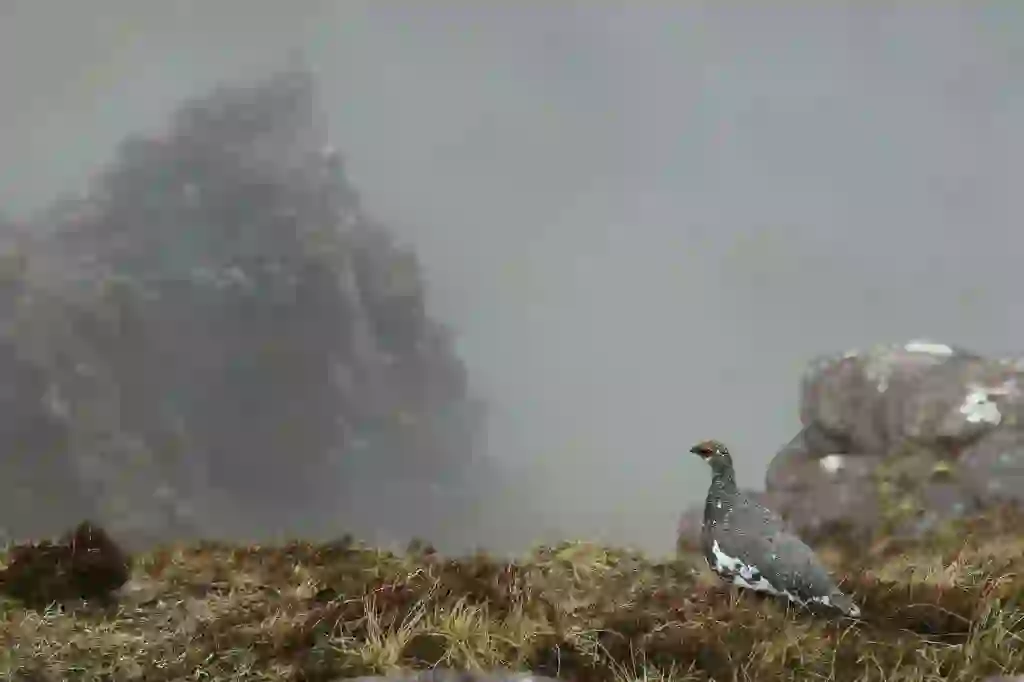
How many Rock Ptarmigans are in Japan?
According to estimates, there are currently about 3,000 Rock Ptarmigans surviving in Japan. However, their numbers have been decreasing year by year, and Toyama Prefecture, which designates the Rock Ptarmigan as its prefectural bird, is actively engaged in conservation efforts, including fundraising.
There are several reasons for the declining population, even with conservation efforts.
The first is predation by natural enemies. Predation by natural enemies has existed since ancient times, but it is believed to have increased in recent years. Due to the impact of global warming, the range of natural enemies has expanded, leading to increased intrusion from low-lying areas.
The second is human attrition. Since being designated as a Special Natural Monument, hunting has ceased. However, concerns remain about the decrease in numbers due to human activities such as littering in the mountains and the introduction of bacteria by humans.

Can Rock Ptarmigans not fly?
Rock Ptarmigan is a bird that is not good at flying despite being a bird. You are more likely to see them walking on the ground than flying. However, it doesn’t mean they can’t fly.
In the past, a Rock Ptarmigan was discovered in an extinct area. It is believed that the individual flew from a location several tens of kilometers away, and although it is a rare example, it seems that they can travel long distances.
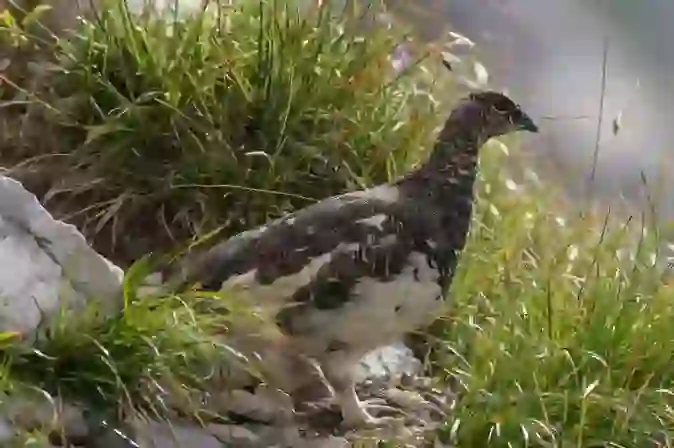
Is it true that Rock Ptarmigans care about fashion?
The Rock Ptarmigan’s most distinctive feature is that its fur color changes with the seasons.
In winter, both males and females have pure white fur. In spring, males turn black, while females develop brown mottled patterns. Furthermore, in autumn, both males and females become gray.
This transformation is akin to changing clothes with the seasons. By the way, their bellies and wings remain white throughout the year.
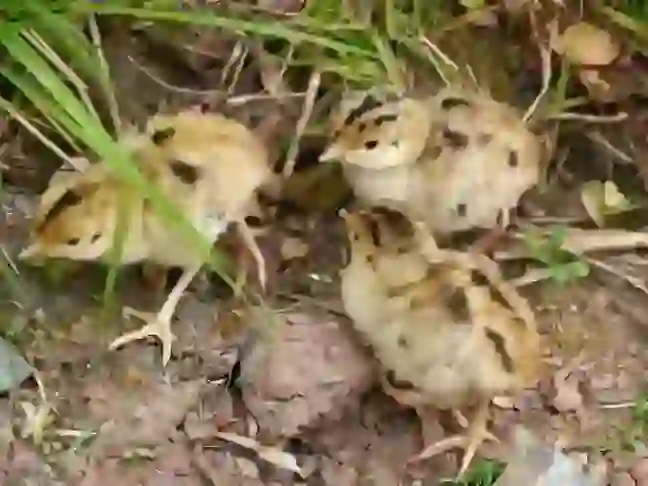
Is Rock Ptarmigan not cold?
There are two reasons why the Rock Ptarmigan can withstand the cold.
The first reason is the structure of its feathers. The feathers of the Rock Ptarmigan are divided into two shafts. The high density of small feathers attached to the two shafts allows it to store a lot of air.
Thanks to this warm air, the Rock Ptarmigan does not cool its body. Feather futons used by humans keep them warm using this principle.
The second reason is its unusual behavior. To withstand blizzards and extreme cold, the Rock Ptarmigan burrows into the snow to keep warm. Although it is not completely buried, it only sticks its neck out, which some people might find cute. It is said that the amount of feces can tell how long it has been burrowing.
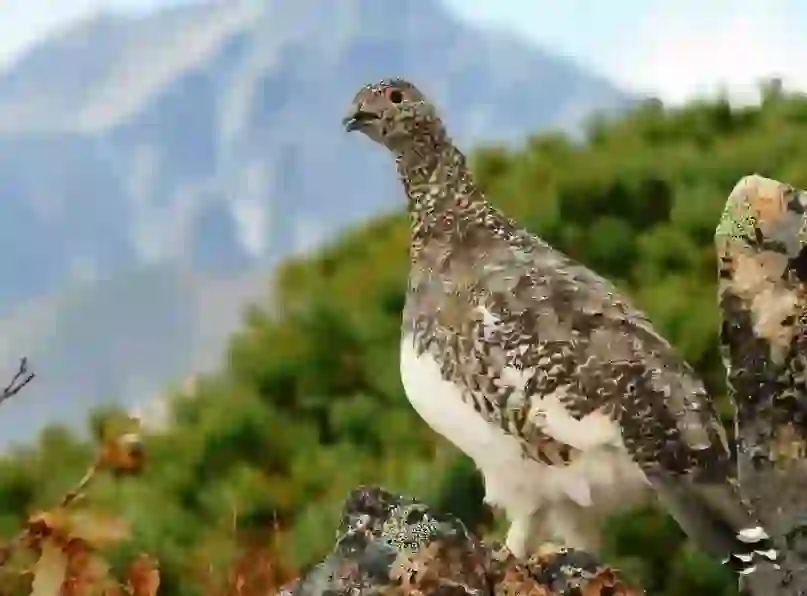
What kind of sound does Rock Ptarmigan?
The Rock Ptarmigan inhabits high mountainous regions where humans do not live, and in the past, it was revered as a sacred bird. Some people may imagine that it has a beautiful singing voice. However, its actual singing voice is surprisingly not beautiful and sounds like “gegegege” similar to that of a frog.
Since the singing voice of the Rock Ptarmigan changes slightly depending on the season and gender, it might be worth listening to if you encounter one.

Would you like to become a part of the 'Animalbook.jp'?
Turn your knowledge into Q&A and share it with the world. ※Publication will be activated after purchase. Let's share information together!
Rock Ptarmigan Type of List
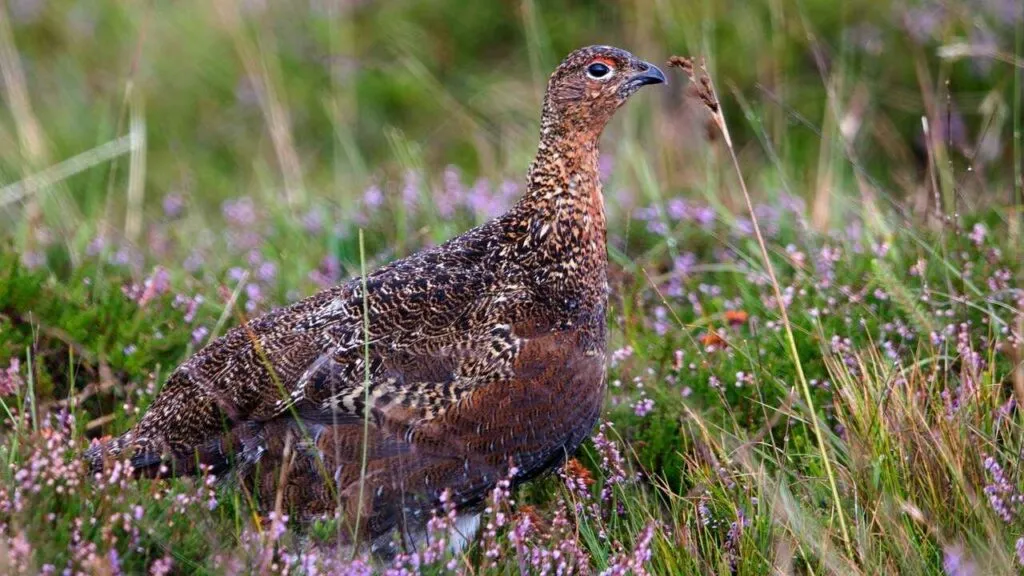
- Western Capercaillie.
- Black Grouse.
- Tetrao urogalloides.
- Caucasian Grouse.
- Hazel Grouse.
- Chinese grouse.
- Ruffed Grouse.
- Siberian Spruce Grouse.
- Rock Ptarmigan.
- Willow Grouse.
- White-tailed ptarmigan.
- Blue Grouse.
- Spruce Grouse.
- Greater Sage-grouse.
- Sharp-tailed Grouse.
- Greater Prairie-chicken.
Information
Congratulations! You are the first commenter!

Create Your Favorite List!
Rock Ptarmigan
Save the animals you love! Build your own list to quickly revisit your favorites later.

Would you like to leave a comment?
※Please note: This is for the purchase of rights to post comments within the article.
Find Your Favorites!
Our shop offers a unique and attractive selection of goods themed around various animals.
Rock Ptarmigan References
Rock Ptarmigan Introduction of media used

出典:https://pixabay.com/images/id-4442081/

Alpsdake, CC BY-SA 3.0, ウィキメディア・コモンズ経由で

出典:https://pixabay.com/images/id-3789788/
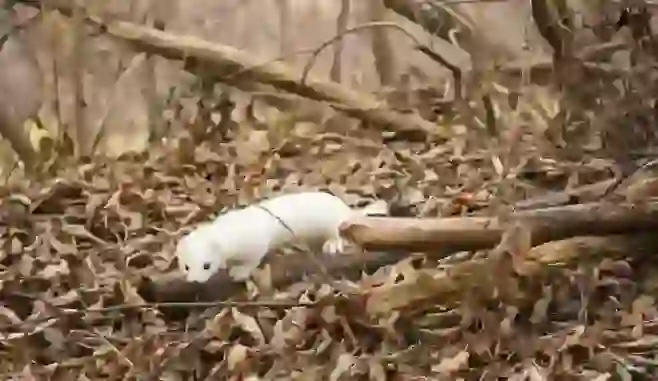
enemy
出典:https://pixabay.com/images/id-4312983/
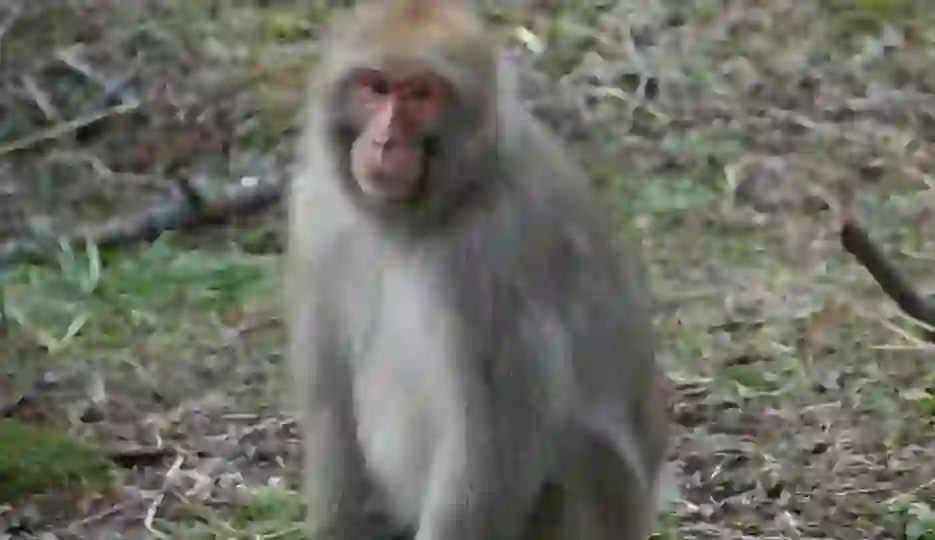
enemy
出典:https://pixabay.com/images/id-2811419/

出典:https://pixabay.com/images/id-2417203/
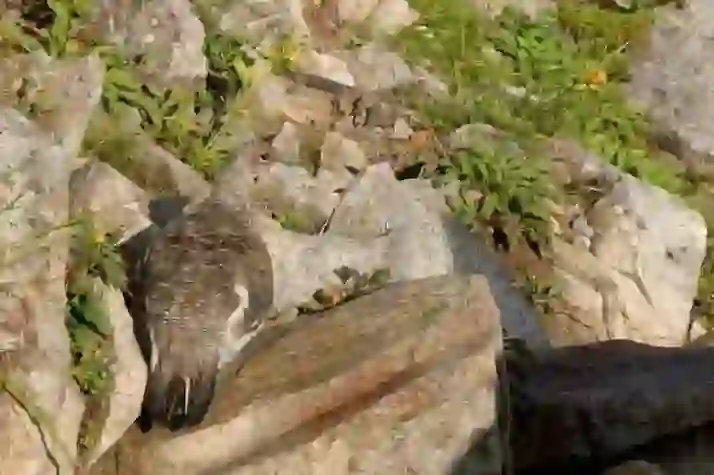
出典:https://commons.wikimedia.org/wiki/File:Lagopus_muta_02.jpg
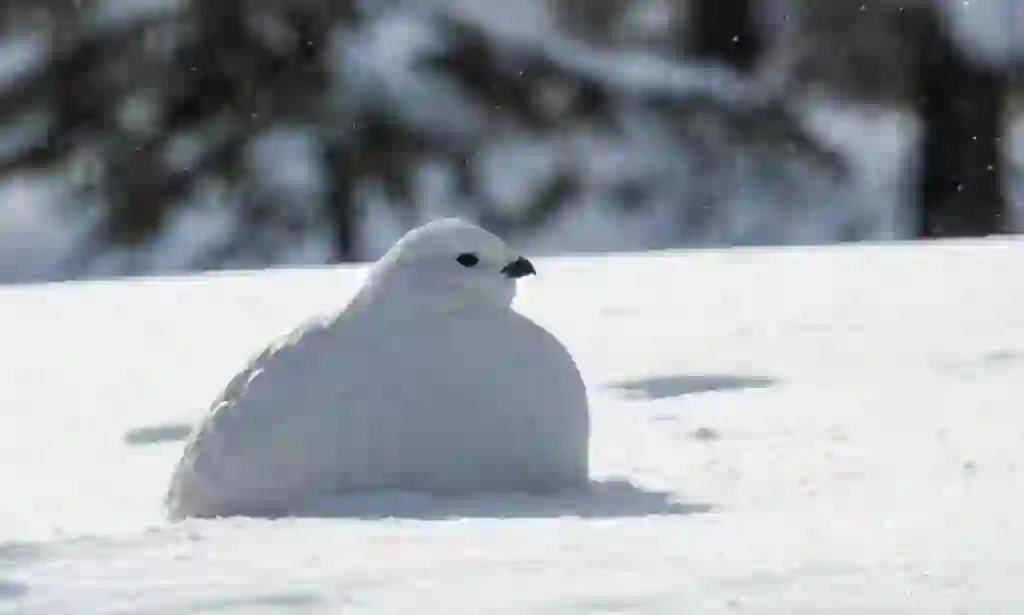
出典:https://unsplash.com/photos/ZkWbKS10HWU

Help Enrich Our Animalbook.jp with Your Media!
We are constantly looking to expand and enrich our Animalbook.jp with amazing photos and videos of animals. If you have any media that you'd like to share, please contribute and help us showcase the beauty and diversity of the animal kingdom. Your submissions will be credited and featured in our encyclopedia, reaching a wide audience of animal lovers.





















